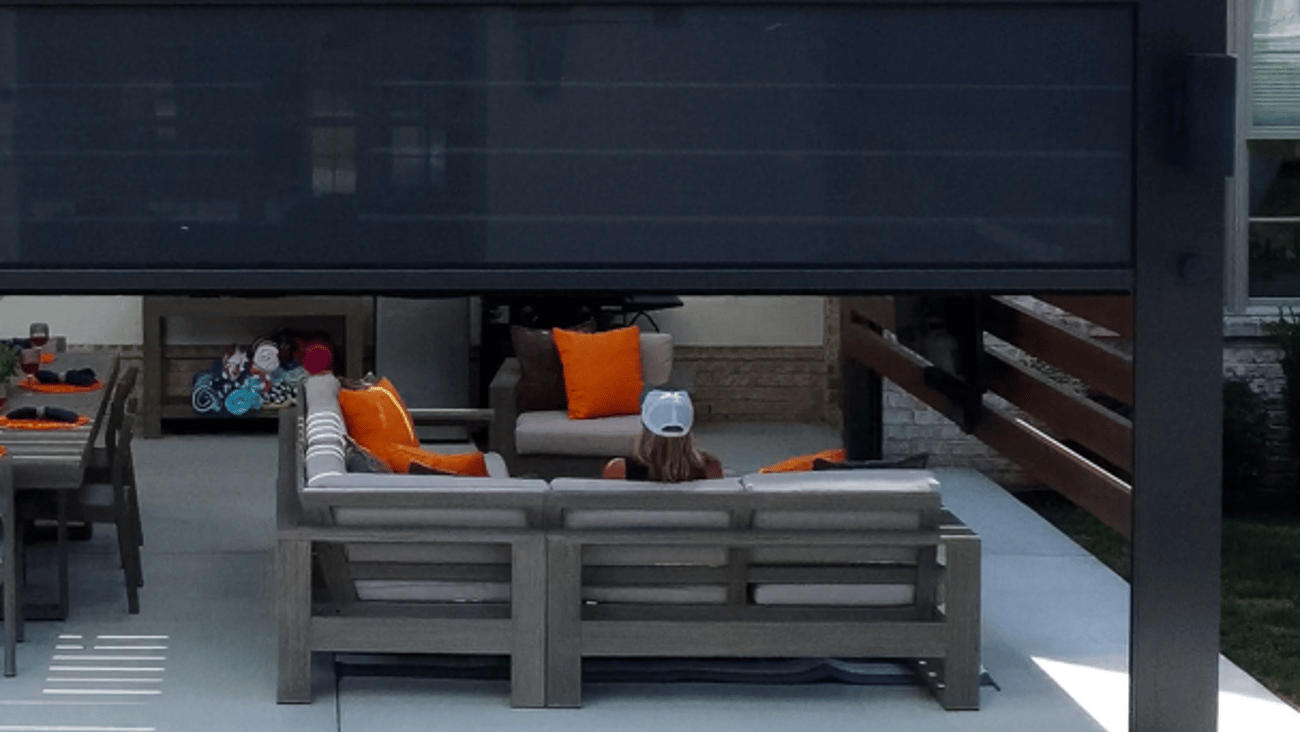BC Floor Value software remedies design issues
Floors throughout a home can be designed with optimal characteristics for each space.
Boise Cascade Company has developed its analytical BC FloorValue software to help floor designers quickly identify floor performance issues early in the design process and provide options to efficiently resolve those issues.
Part of Boise Cascade’s BC Framer design software, BC FloorValue offers a convenient way for designers to determine if a floor plan has been optimized. The easy-to-use tool checks a floor plan for problems, suggests options to correct detected issues and provides a cost comparison for required upgrades.
Designers can evaluate different products or on-center spacing and sheathing thickness options to achieve the optimum price/value relationship. The tool can also be used to evaluate less expensive framing without negatively impacting the floor.
In addition, floors throughout the home can be designed with optimal characteristics for each space – for example, stiffer structural members can be placed under tile floors in entryways and bathrooms, while more forgiving floors can be situated under carpet in bonus rooms, closets and other less frequently used spaces.
“We developed BC FloorValue to ensure that every floor has the right level of performance for its intended use while also balancing the overall cost of the floor system,” said Tim Debelius, marketing programs manager for Boise Cascade Engineered Wood Products. “Floor system deflection, vibration and sheathing deflection are often afterthoughts, and in many cases, issues are discovered after the floor has already been installed. The ability to identify potential problem areas such as uneven floor deflection or vibration early in the design phase, rather than post-construction, is invaluable in helping to avoid customer callbacks, costly repairs and damage to a builder’s reputation.”
BC FloorValue utilizes a colorful, visual “Heat Map” to indicate areas of floor system deflection, a first in the industry. The tool analyzes the entire floor as a single system, taking into account how joist, sheathing and support stiffness impact overall system performance. By considering deflection of all supporting members, BC FloorValue accurately pinpoints areas where a low spot may occur, finding areas that might not have been detected during an analysis of individual members.
The new tool also detects the potential for unwanted floor vibrations — identifying the overall vibration characteristics of the floor system and worst performing joist or beam, and then ranking the system on an easy-to-understand, 3-tier rating scale. If the analysis determines that the floor is “standard,” designers can easily review ways to boost it to a higher rating, often for little or no additional cost.
Part of Boise Cascade’s BC Framer design software, BC FloorValue offers a convenient way for designers to determine if a floor plan has been optimized. The easy-to-use tool checks a floor plan for problems, suggests options to correct detected issues and provides a cost comparison for required upgrades.
Designers can evaluate different products or on-center spacing and sheathing thickness options to achieve the optimum price/value relationship. The tool can also be used to evaluate less expensive framing without negatively impacting the floor.
In addition, floors throughout the home can be designed with optimal characteristics for each space – for example, stiffer structural members can be placed under tile floors in entryways and bathrooms, while more forgiving floors can be situated under carpet in bonus rooms, closets and other less frequently used spaces.
“We developed BC FloorValue to ensure that every floor has the right level of performance for its intended use while also balancing the overall cost of the floor system,” said Tim Debelius, marketing programs manager for Boise Cascade Engineered Wood Products. “Floor system deflection, vibration and sheathing deflection are often afterthoughts, and in many cases, issues are discovered after the floor has already been installed. The ability to identify potential problem areas such as uneven floor deflection or vibration early in the design phase, rather than post-construction, is invaluable in helping to avoid customer callbacks, costly repairs and damage to a builder’s reputation.”
BC FloorValue utilizes a colorful, visual “Heat Map” to indicate areas of floor system deflection, a first in the industry. The tool analyzes the entire floor as a single system, taking into account how joist, sheathing and support stiffness impact overall system performance. By considering deflection of all supporting members, BC FloorValue accurately pinpoints areas where a low spot may occur, finding areas that might not have been detected during an analysis of individual members.
The new tool also detects the potential for unwanted floor vibrations — identifying the overall vibration characteristics of the floor system and worst performing joist or beam, and then ranking the system on an easy-to-understand, 3-tier rating scale. If the analysis determines that the floor is “standard,” designers can easily review ways to boost it to a higher rating, often for little or no additional cost.




